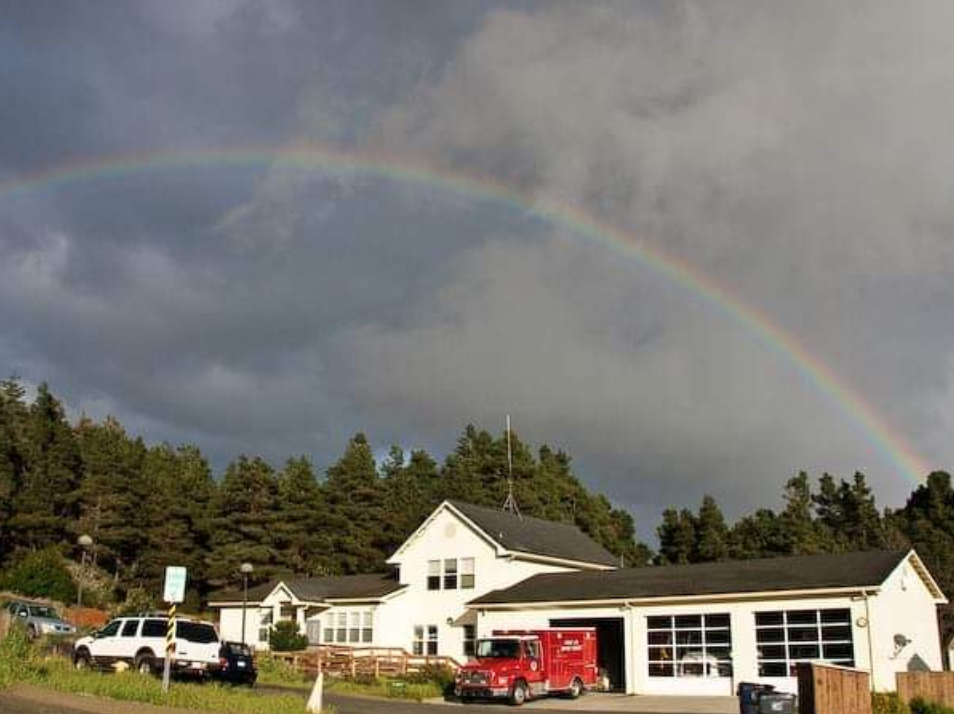History
Coast Life Support District (“the District”) was formed in 1986 following enabling state legislation and an election.The primary purpose of the District is to ensure the availability of emergency ambulance services to a sixty mile coastal section of Mendocino and Sonoma Counties. The District is also authorized by legislation to provide a broad range of other health care services, and in 1997 began an After Hours Urgent Care program to complement locally provided primary medical care. In early 2009 the AHUC program was determined to be financially unsustainable and terminated. An after-hours medical advice telephone service is now provided by TeamHealth through a contract with the District.
Governance, Staff and Funding
The District is operated by a seven member Board of Directors elected by District residents. The administrative staff is all part-time and include a District Administrator, Operations Manager, and Business Manager. The crew staff includes three full-time paramedics, three full-time ALS EMTs, and eight part-time BLS EMTs. The District receives funds for ambulance services and After Hours Urgent Care from two separate parcel taxes. Other sources of revenue for the ambulance program include ambulance service billings, a small ad valorem tax subsidy provided by Mendocino County, and from donations.
Geography
The Coast Life Support District is located in the rugged rural coastal areas of northern Sonoma County and southern Mendocino County. The area is clearly defined by geography: the Pacific Ocean to the west and a coastal mountain range to the east. Communities are clustered primarily in a linear fashion along California Highway 1, the primary ingress and egress to the area. The highway itself is a two-lane winding and hilly route.
Population
Accurate permanent population data is not available, although local estimates are eight to twelve thousand, with seasonal swells to as many as fifteen thousand persons. The area has a significant retired and elderly population. Tourism plays a significant role in the economy of the area. Many recreational opportunities are offered; most are coastal, including boating, abalone diving, camping and fishing. Other areas of economic importance are the construction trades, service and other businesses, cottage industries, agriculture and logging.
Nearest Hospitals
Hospital facilities are located a significant distance from the District. From the town of Gualala, the approximate center of the District, the closest medical facilities with twenty-four hour emergency medical care are about 1 ½ hours in travel time by road. Driving times to the towns of Santa Rosa or Healdsburg, where residents may seek medical care at tertiary care medical centers, are each a minimum of two hours.
EMS
Emergency medical services are provided in several tiers. Volunteer fire departments provide first responder emergency medical care at the EMT level. Ambulance services provided by the District are a 24×7 advanced life support (ALS) ambulance and an on-call basic life support (BLS) ambulance. Because of the unusually long transport times to tertiary care, District paramedics routinely provide much more comprehensive stabilization and in-transport care than their urban counterparts. Their advanced skill level was recently recognized by the State of California authorizing them to administer cardiac drugs (fibrinolytics, or “clot-busters”) in the field.
Aeromedical Evacuation
Helicopter ambulance service is provided by two private companies and occasionally a law enforcement helicopter, with a response time averaging between twenty and forty-five minutes. Weather can play a significant role in helicopter access to the District: recent experience shows that helicopter missions may be declined due to weather up to 60% of the time. This increases the burden on ALS ambulance service and contributes significantly to the local population’s medical isolation.
MEETING PACKETS
Donate via PayPal
Translate

